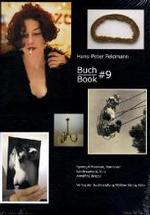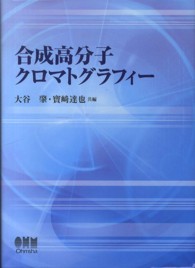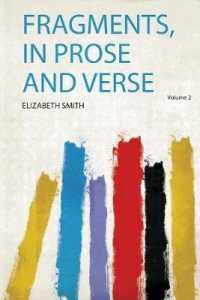Full Description
Derided and maligned more than any other Greek artist for his innovative and, at the time, often incomprehensible modernist experiments, Engonopoulos is today justifiably regarded as one of the most original artists of his generation and as a unique figure in Greek letters. Though he considered himself first a painter and only afterwards a poet, his poetry is widely read and admired, with many critical studies of his work appearing in recent years and with a growing recognition of its value and of its creative use of the Greek tradition and language. He enriched post-war Greek poetry with a host of poetic expressions, figures and images that have come to constitute part of the Greek poetic consciousness. In both his painting and poetry, he created a peculiarly Greek surrealism, a blending of the Dionysian and Apollonian, though always in keeping with basic surrealist tenets and, as such, his work is an important and original contribution not only to Modern Greek art and poetry but also to modern art and poetry worldwide.
Contents
Introduction; Poems From: DO NOT DISTRACT THE DRIVER: Polyxeni; Amazons; Perhaps; The airports wooden effigies; From: THE CLAVICEMBALOS OF SILENCE: A flute in the hecatomb yard; Parapluies; On the mountains of Myoupolis I- II- III; Consequence; Morning song; From: THE RETURN OF THE BIRDS: A soldiers song; Loves snare; Loves seventh song; The last appearance of Judas Iscariot; Souvenir of Constantinople; Stateless forcibly deported; From: ELEUSIS: Cafés and comets after midnight; From: IN THE FLOURISHING GREEK TONGUE: Lady Celeste; Orpheus Xenophobe; From: IN THE VALE OF ROSERIES: Poem-imitation of numerous hymns suitable for an all-male choir to ecclesiastical music by Johann Sebastian Bach; The icon; On the holy Jews; The cricket; Concerning hamadryads; The poem of Esther Bessalel; The surprise; Chronology; Book-length English Translation; Index of Greek Titles








